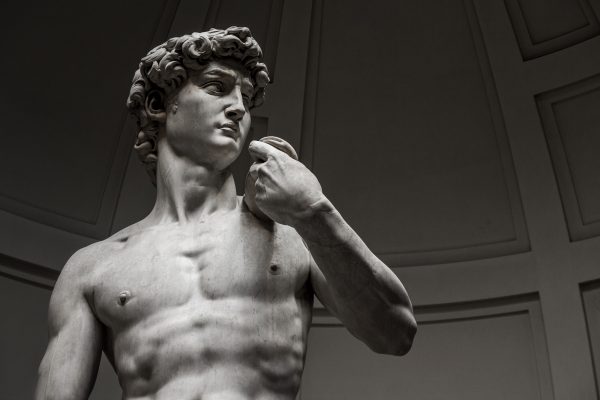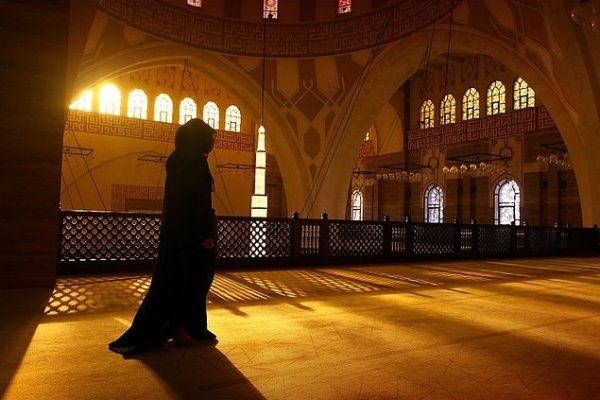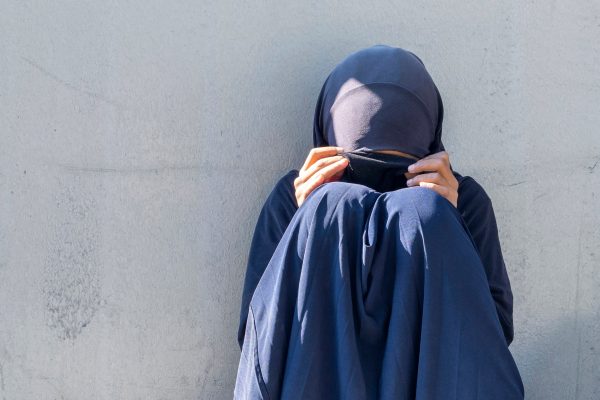Being a Muslim is the new trendy identity in pop culture and mainstream media; it is the highlight of the news both domestic and international. The rise of Islamophobia with the socio-political climate, especially in America, has made brands acknowledge Muslims while creating major capital for themselves.
Being a Muslim is the new trendy identity in pop culture and mainstream media; it is the highlight of the news both domestic and international. The rise of Islamophobia with the socio-political climate, especially in America, has made brands acknowledge Muslims while creating major capital for themselves.
The rise of mainstream halal brands catering to a Muslim clientele sounds exciting. We should be grateful that we are finally being recognized in western industries; with Dolce & Gabbana launching an abaya line and Nike creating a mainstream sports hijab.
So that’s wonderful right? Muslims are finally being acknowledged in mainstream western society and have options available that are in accordance with Islamic law.
Not necessarily.
The reality is that while advertising by catering to Muslims, particularly Muslim women, companies are simultaneously excluding them as well.
Being a Muslim is the new trendy identity in pop culture and mainstream media; it is the highlight of the news both domestic and international. The rise of Islamophobia with the socio-political climate, especially in America, has made brands acknowledge Muslims while creating major capital for themselves.
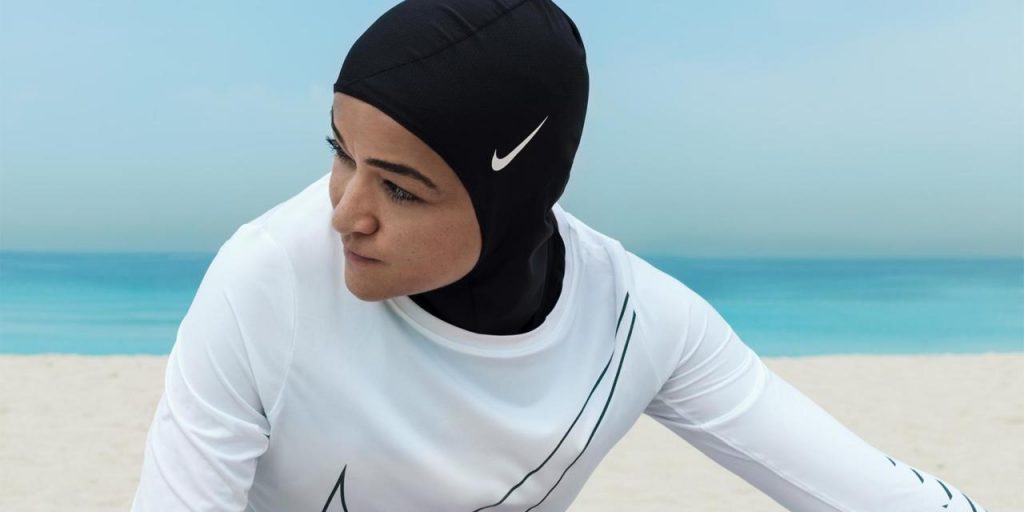
A study by the Pew Research Center shows that by 2050, the worldwide Muslim population is expected to rise from 1.6 billion in 2010 to 2.8 billion. The halal industry market was worth $1.37 trillion in 2014 and represents 18% of the entire market. Due to the increase of Muslims living in western society, the halal market is booming, but comes at a cost for Muslims residing in the west. In fact, according to this study, it is estimated that “Muslim consumer spending on clothing was 11 percent of the global total on apparel,” and “nearly two-thirds of Muslims are currently under 30.” Consequently, these statistics show that the west is capitalizing and ultimately profiting from the millennial Muslim audience.
As in the case of Dolce & Gabbana, the brand simply added a label to regurgitated abayas that are already on the market – usually a lot more affordable. H&M’s hijab line is another example of mainstream western fashion exploiting Asianic designs under the guise of inclusivity.
However, being “inclusive” does not simply equal representation of minority groups in an otherwise white-dominated industry, nor is it lengthening sleeves or adding a few extra inches on the hem for a “modest” look. Inclusivity requires one to examine their place within postcolonial history, acknowledging the contributions that Muslims have made for similar products and understanding that the lived experiences of minority groups are more valuable for creating “inclusive” products than for non-Muslim artists and designers to collaborate to cater to an audience that they gain little to no input from.
It is important to note that while there are now designer abaya and hijab options to choose from, Muslims also are contributing to brand labels and therefore bolstering the use of identity as a marketing tool. Furthermore, while catering to a Muslim audience is demographically and financially beneficial to the industry, non-Muslim brands trivialise and undermine the significance a “halal” lifestyle.
Perhaps the halal industry presents Islam as a monolithic and even somewhat superficial. It is as if to say that the religion is concerned more about the way women are dressed rather than why they choose to dress a certain way. The philosophy behind such decisions are deemed unnecessary since a profit is being made by the brand.
This, in turn, creates a ‘sharia law equivalent’ that is both a watered down version of items already available on the market and is not increasing awareness about the nuances or complexities of Islam as a complete way of life. Instead, Islam is introduced as a list of laws before the wisdom behind such rulings is even contemplated on or acknowledged by the non-Muslim halal industry.
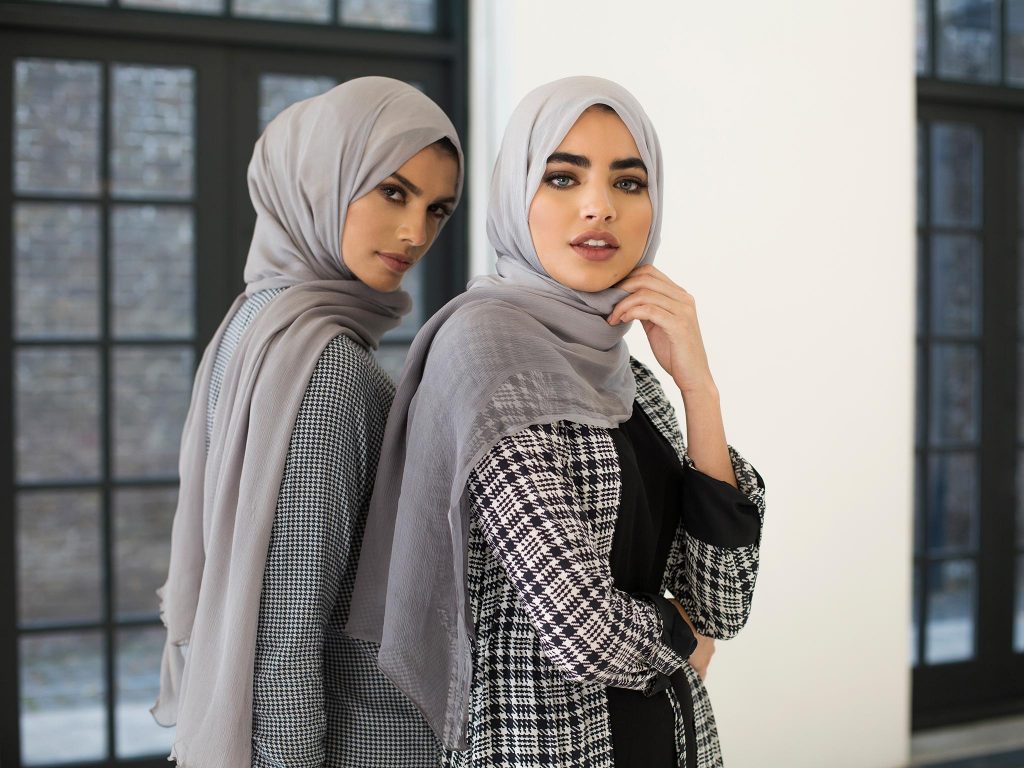
The other extreme would argue that Muslims need to be actively involved in the halal industry in order to assimilate into western society. Basically, stating that Muslims need to be accepted, acknowledged, and accounted for when creating runway shows, fashion lines, cosmetics etc.
Therefore, it is imperative that Muslims as a whole are collectively producing original brands tailored for a Muslim audience. After all, experience is itself a teacher, and being a Muslim designer and/or entrepreneur will enable them to address the needs of the Muslim community whether it be through fashion, cosmetics, or sportswear.
The halal industry creates an inclusive culture within western society that is both unnerving and flattering. However, the underlying motives of the halal industry do not create stations for Muslims but instead pushes them out of the picture. This ultimately increases the need for Muslims to create their own industries and space within mainstream culture to not just be represented by others, but also by themselves.
Source(s) and Further Reading:
https://fashionista.com/2017/05/halal-cosmetics-makeup-brands http://www.pewforum.org/2015/04/02/religious-projections-2010-2050/
https://www.grandviewresearch.com/industry-analysis/halal-cosmetics-market
https://www.cnn.com/2016/08/29/world/halal-industry/index.html
https://muslimvillage.com/2017/01/11/121729/problem-mainstreaming-islamic-fashion/
https://www.aljazeera.com/news/europe/2018/03/integration-uk-muslims-180313170326474.htm
https://www.cbsnews.com/news/why-the-apparel-industry-is-embracing-muslim-fashion/l
https://www.theatlantic.com/entertainment/archive/2016/01/dolce-gabbana-high-fashion/423171/
